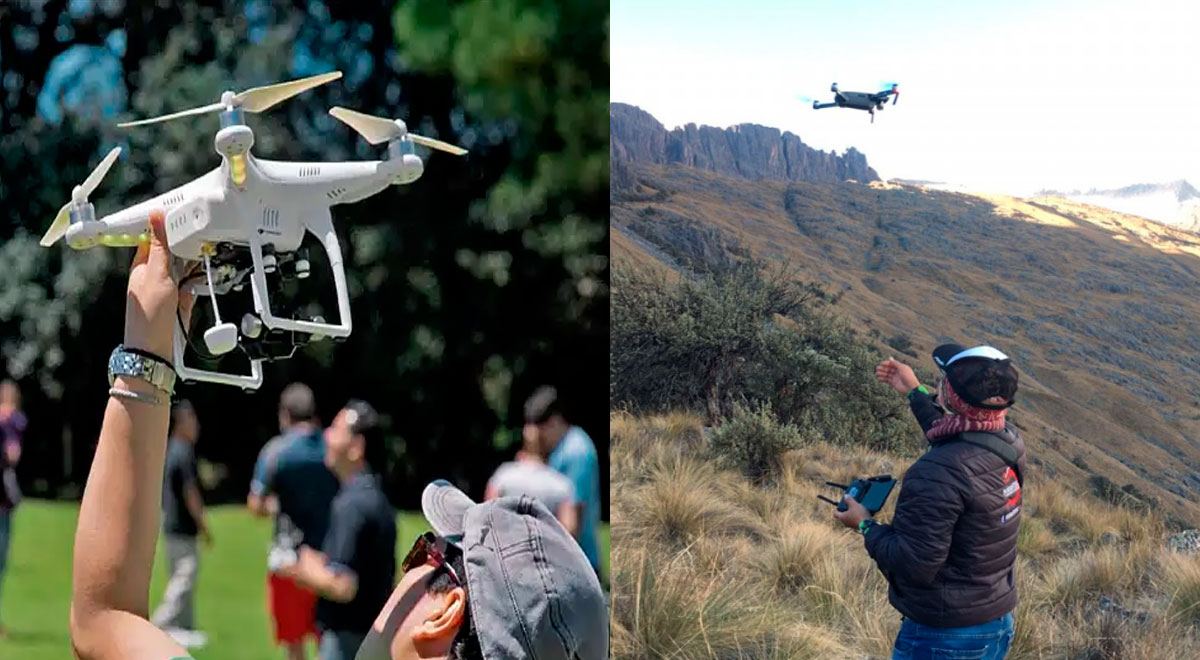The advancement of technology has led to the development of all kinds of remote control devices, which allow capturing real-time images from a considerable distance. These devices are called 'drones' and are remotely piloted aircraft (RPA) that can be operated by certain individuals.
If you want to become a drone pilot and operate one of these aircraft remotely, you must comply with a series of requirements established by the Directorate General of Civil Aeronautics (DGAC) of the Ministry of Transport and Communications (MTC).

YOU CAN SEE: Why did giving yellow flowers on September 21 become a trend on TikTok?
According to the provisions established in the Complementary Technical Standard (NTC 001-2015), drones are subject to Peruvian aeronautical legislation. That is why any person or organization wishing to fly this type of 'vessel' must comply with three basic requirements.
First, you must register the drone at the Certification and Authorization Directorate of the Directorate General of Civil Aeronautics (DGAC). This document is requested in person at the MTC's headquarters or at the Citizen Service Centers that the sector has in the regions. The process takes a maximum of two days.
The drone pilot must be accredited. The Directorate General of Civil Aeronautics (DGAC) will enable a citizen as a drone operator as long as they have been trained and certified by a Civil Aviation Instruction Center or an aerodeportive institution accredited by the ministry.

YOU CAN SEE: Miguelito, the program that was a shameless copy of El Chavo del 8 in Brazil.
In addition to these two requirements, a flight permit must be requested. There are no restrictions on flying over rural areas. However, if you want to operate a drone in an urban area, the pilot must request a permit from the MTC in advance. The document must be submitted through the front desk, indicating the date, time, and coordinates in which the device will be used.
Complying with these requirements guarantees the safety of people, avoids interference with the operations of airspace users, and damage to private property. It is important to mention that not complying with these requirements implies a violation and this can lead to the seizure of the drone.
More similar articles on Líbero.pe.

